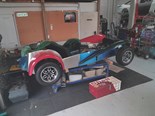Rare GMH Lion ZZ/Z Holden Gemini
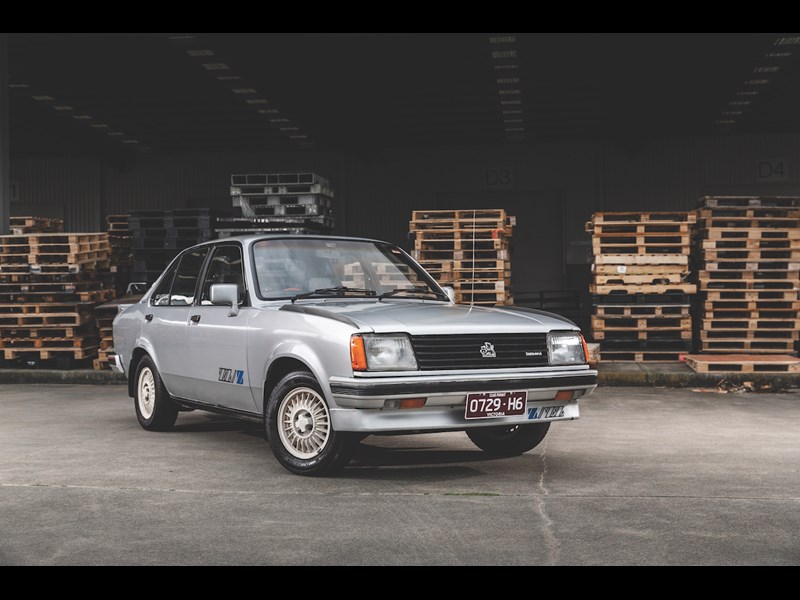

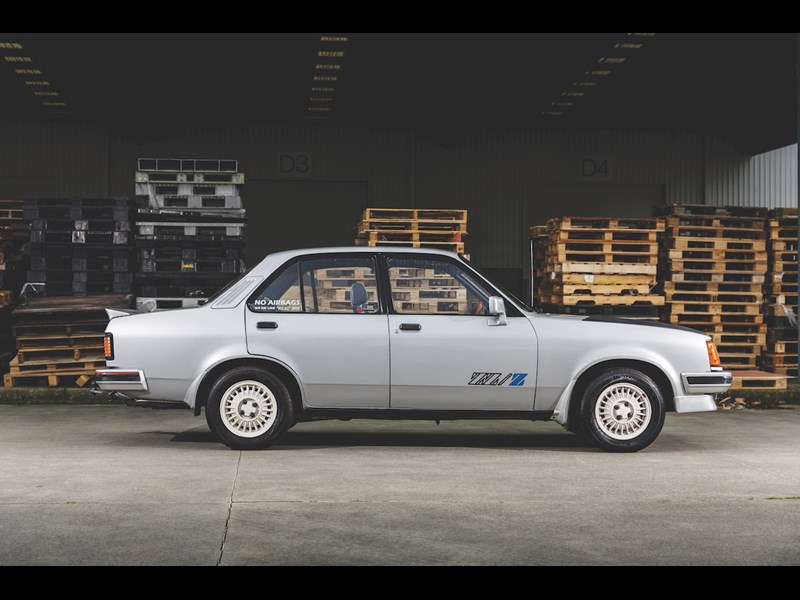

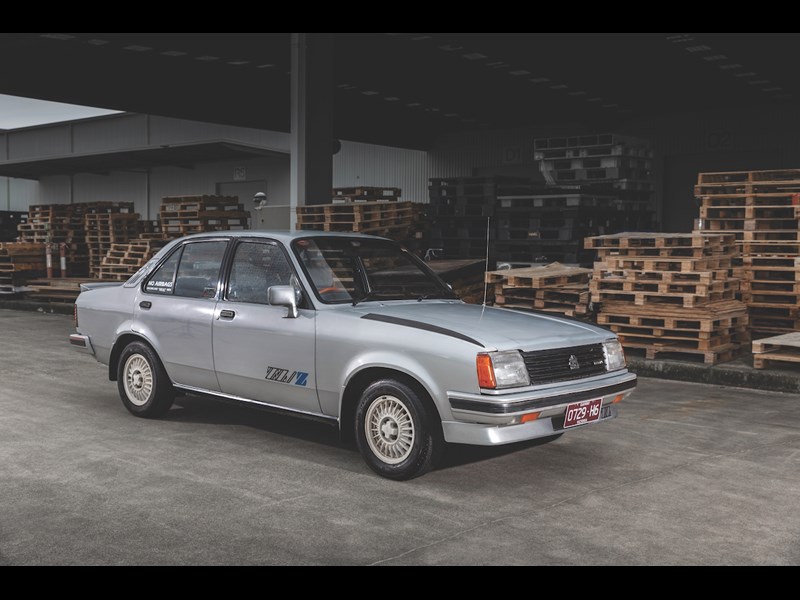

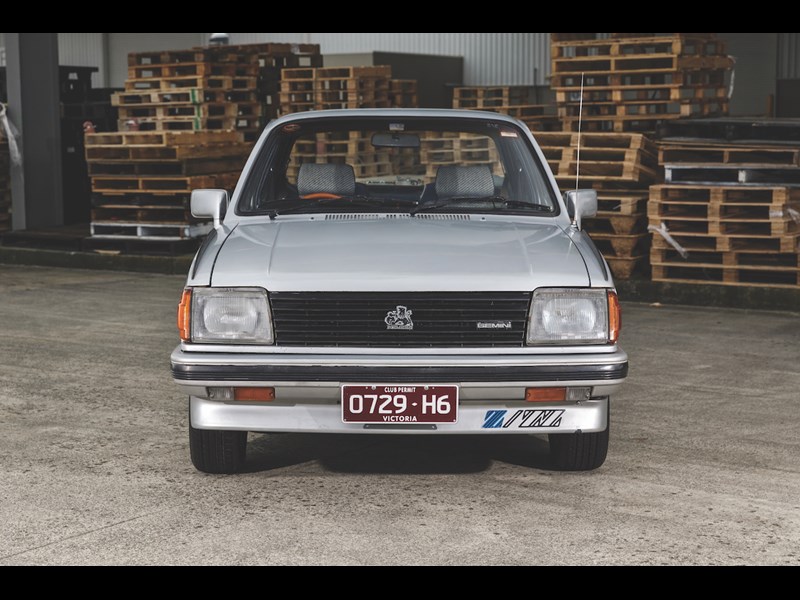





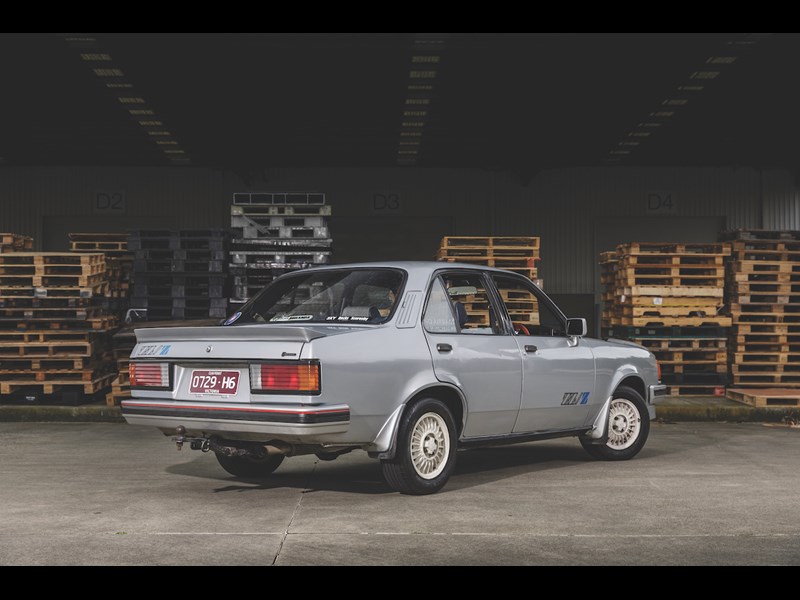

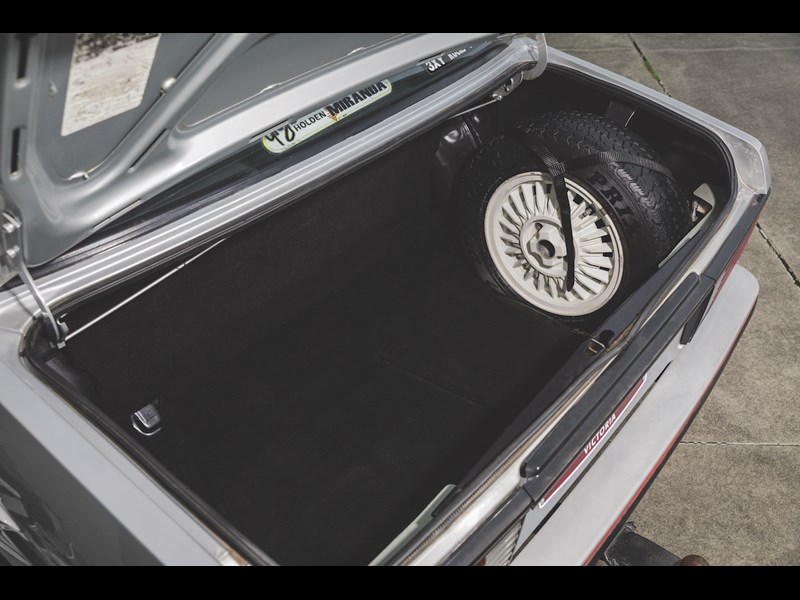

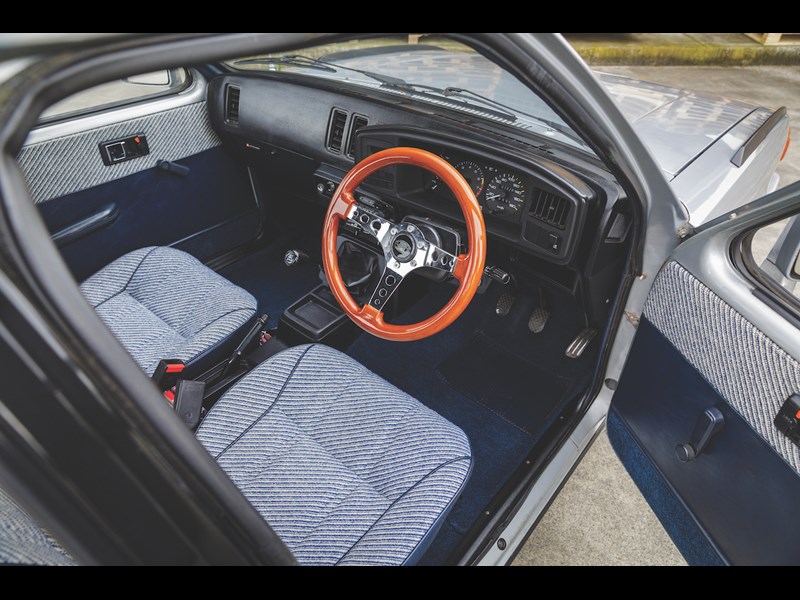


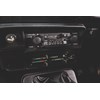
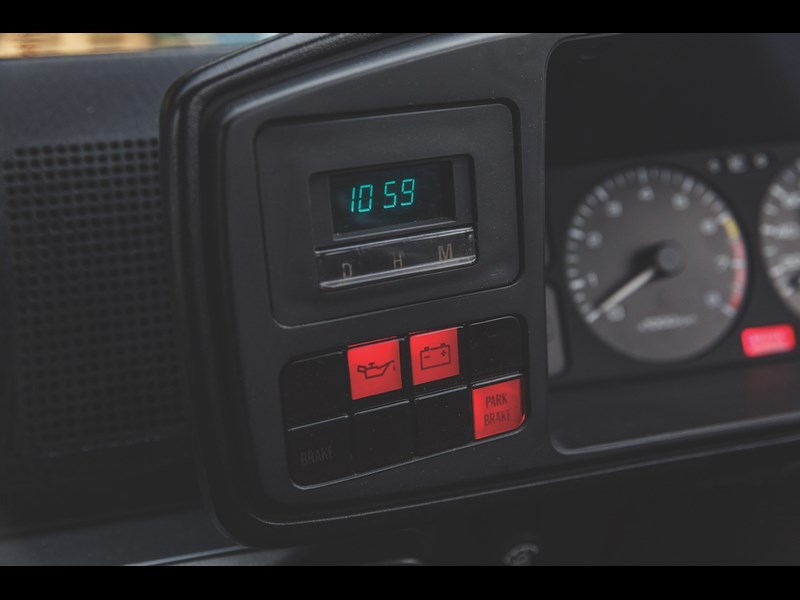


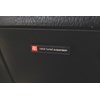

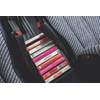

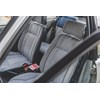
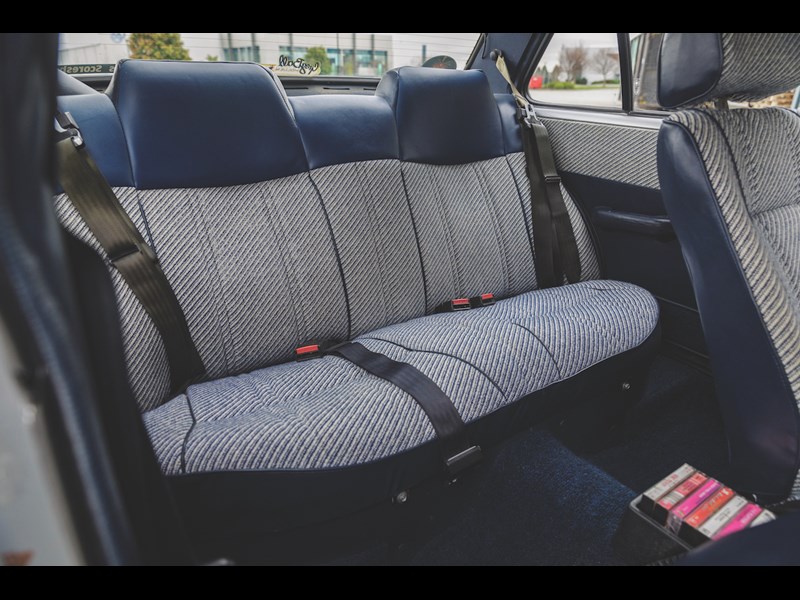

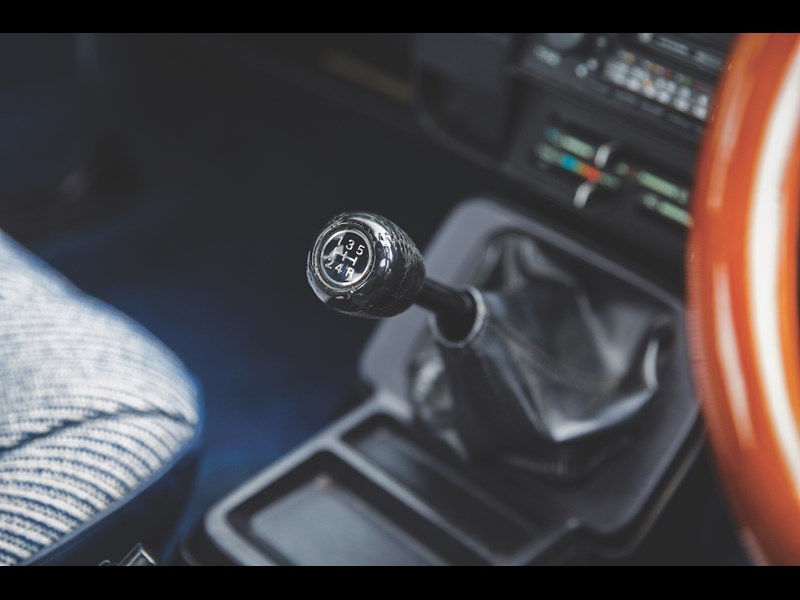

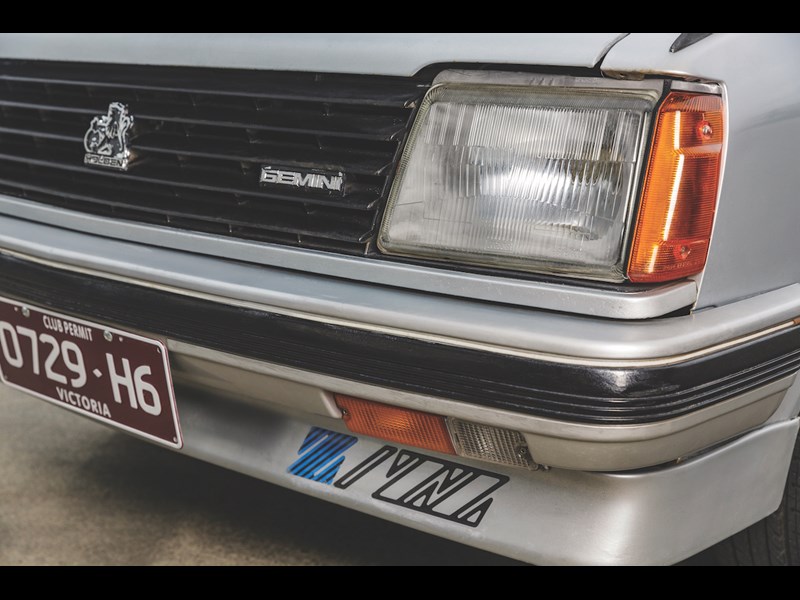

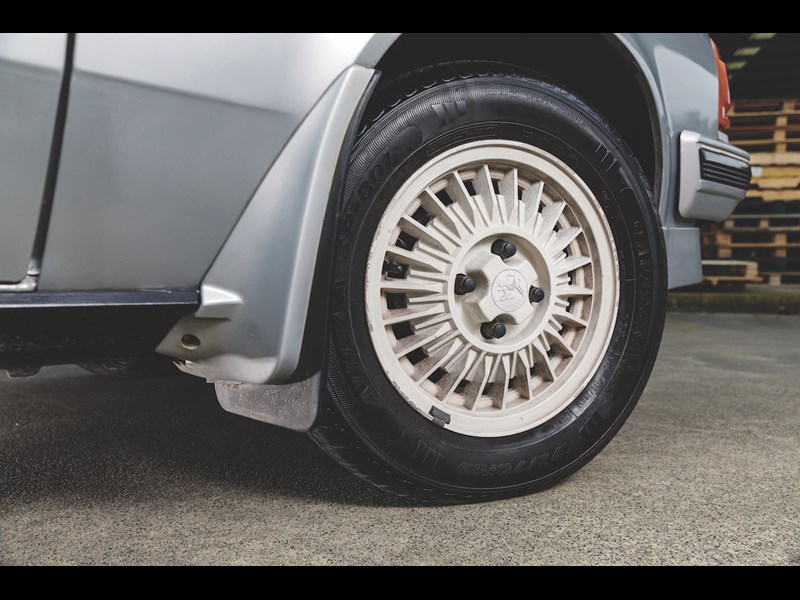

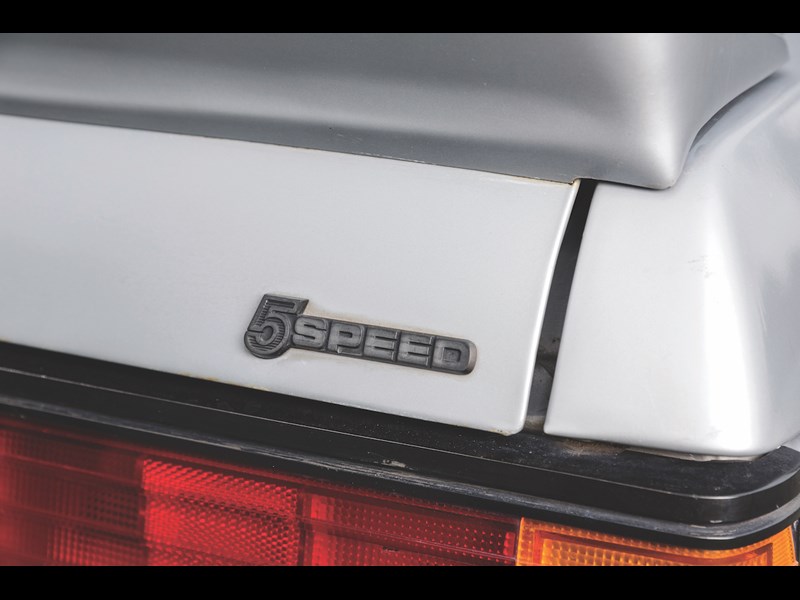

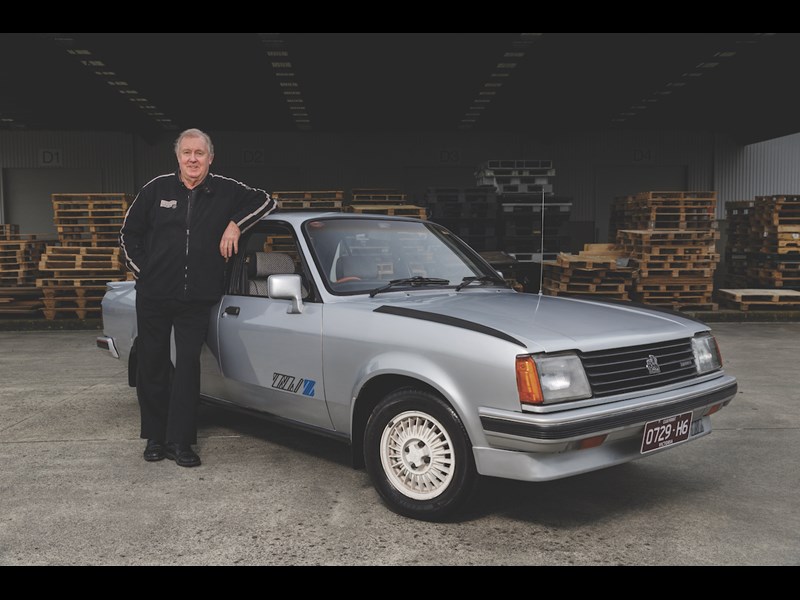


|

|

|

|

|

|

|

|

|

|

|

|

|

|

|

|

|

|

|

|
Australia's biggest seller, a Car of the Year and Bathurst winner, the Gemini spawned many limited edition models like the ZZ/Z
There aren’t many Holden Geminis left these days, due to the ravages of time, rust and racing, but over a 10-year period, Holden made almost a quarter of a million of them.
Born out of the '70s oil crisis and the need for more fuel-efficient vehicles, the first-generation Holden Gemini was built exclusively at Holden’s Acacia Ridge plant in Queensland, from 1975 – the year Australia got colour TV - to 1984.
The Gemini was Australia’s best-selling car in 1975 with a starting price of $4026 and over its journey, picked up Bathurst class wins and a car of the year gong.
Over its decade in production, the Gemini was available as a sedan, coupe, van and wagon, initially with a petrol and later a diesel engine option, across six model designations TX, TC, TD, TE, TF and TG.
The TX was the first Gemini and came as a four-door sedan in two trim levels, S and SL, and a two-door SL coupe.
It had a 63kW 1.6-litre SOHC four-cylinder engine with a crossflow alloy head and breathed through a single twin-throat carburettor. The gearbox choice was a four-speed manual or three-speed auto. It came with 13-inch wheels and had front disc brakes.
 |
| Geminis were everywhere once. |
Offered as an option on the TX was the ‘Fashion Pack’ with its plaid-seat and door trims.
March 1977 saw the debut of the TC range sporting a new grille, a silver rear panel along with a new ventilation system.
The ‘Fashion Pack’ option was again offered and upgraded to include steel-belt radial tyres, a front stabiliser bar, as well as the snazzier trim.
‘Sandpiper’ was the next option pack debuting on the TC. It featured a black grille with chrome top, gold pinstripes, a bird decal and the word Sandpiper on its flanks.
Inside was chequered cloth seat inserts and door trims, fake woodgrain dash garnish, a radio/cassette player and a four-spoke steering wheel.
 |
| Exclusive ZZ/Z cloth trim. |
The TD Gemini arrived in showrooms in April 1978 introducing a three-door wagon and two-door van, a luxury focused SL/E variant, optional five-slot manual and while not an option, the arrival of Radial Tuned Suspension, (RTS) transforming the ride and handling.
The TD gave birth to the limited edition ‘Gypsy Pack’ that included additional instruments along with Gypsy decals all-round.
Next came the model heralding the biggest visual change since the Gemini was born. The TE arrived in October '79 with new front and rear styling mimicking the VB Commodore that launched a year earlier. The TE’s arrival also saw the demise of the coupe.
The ‘Gypsy Pack’ made another appearance in the TE range, and from March 1981 buyers could opt for a diesel engine and five-speed manual, but it didn’t prove very popular.
The facelifted TF rolled off Holden’s production line in March 1982, and this time it was the interior that came in for a major revamp, while the exterior was purposefully styled to resemble a baby VH Commodore.
 |
| It's meant to look like a baby VH Brock. |
Eight years after the first TX rolled down the production line, the final model of the first generation, the TG, took centre stage.
It still had the same Isuzu 1.6-litre four from the original model with power sapped to a lowly 49kW due to the introduction of ADR27A emissions laws.
There were no styling changes, with the TG SL and SL/X Geminis both wearing the same flush headlights, plastic bumpers and tail-lights as its predecessor.
However, with the TG range came the ZZ/Z. A performance themed, cosmetically enhanced model hamstrung by the standard Gemini running gear and offered only with a five-speed manual.
Based on the up-spec SL/X variant, the ZZ/Z was marketed by the General as the Gemini that ‘oozes excitement’ and ‘for people who love to own a car that reflects their individuality’.
The ZZ/Z came in one colour, Mercury Silver and featured a body kit comprising a bootlid spoiler, front air dam, a black grille and black window surrounds, silver bumpers, several ZZ/Z stickers, plus wind splitters on the front guards, and 13x5-inch white alloys.
Inside, the seats and door cards wore a herringbone cloth trim and the instrument cluster had a speedo, tacho, fuel temp, oiI and volt gauges, plus a digital clock.
Also, standard was an AM/FM stereo cassette player and a laminated tinted-band windscreen.
 |
| Digital clock was a fancy addition. |
In 1984, Holden closed its Acacia Ridge plant after Gemini production totalling 226,319 units, had come to a halt.
HOLDEN GEMINI TX-TG MARKET GUIDE
During the 1960s and years prior, Australia’s small-car market had been a bastion of all things British.
The British Motor Corporation ruled, with assistance from Ford, Vauxhall, Hillman and Standard.
By 1975, though, Japanese brands had taken huge chunks out of the local car market and every chance that Holden would source its next compact model from Japan. Or Japan via Europe.
Isuzu Gemini was Opel’s Kadett in smarter clothes and with a better engine. Isuzu said no to the Euro car’s underwhelming 1.2-litre engine and went straight to the optional 1.6-litre.
It had a single overhead-camshaft and 61kW, with lots of potential for development as local Gemini enthusiasts would soon discover. Although it wasn’t offered here, there was also a twin-cam.
Transmission choices were four-speed manual or three-speed automatic transmission and front disc brakes were standard.
The TX Gemini sold here from 1975-77 took small-car design to new levels. It looked smart and while it was plain inside, it was roomy and also handled well.
 |
| It looks sporty enough compared to the others. |
Response from the market was instantaneous with the Gemini hounding the similarly-priced Corolla SL and Ford Escort for sales superiority.
The Gemini sedan weighed just 935kg, came with responsive rack and pinion steering, front disc brakes and all-coil suspension.
With the right tyres, springs and shock absorbers they could be turned with minimal outlay in to an entertaining road or competition car.
Hundreds of Geminis raced in the hugely popular Queensland Gemini Series. This began as a one-make race supporting the Australian Grand Prix in 1975 and became a regular feature of the motor sporting calendar from 1980 until the present day.
Minimal change accompanied the March 1977 release of a TC version. Then a few months later there emerged a two-tone, limited production Sandpiper with automatic transmission and alloy wheels as standard inclusions.
The Gemini range remained as sedan and coupe until the arrival of TD models in mid-1978. Nothing even then changed in terms of styling or performance, but the range did expand to include a panel van and station wagon (two-door) plus an SL/E version of the sedan.
It lasted only until early 1979 when an emission-controlled version of the 1.6 engine was introduced and the model re-designated SL/X.
 |
| Five-speed manual only choice. |
Engine output continued to fall, with buyers of the TE version that arrived in October 1979 expected to make do with 50kW. Worse was to come in 1981 with the appearance of a 40kW Gemini diesel.
Geminis, with the exception of early TX sedans and all the coupes, remain affordable but don’t rely on them remaining that way forever.
TX coupes and the limited production Sandpiper two-door have been advertised at above $30,000 and outstanding cars can make that money.
Modified Geminis are available at or above $20,000 but are unlikely to appreciate at the same rate as a standard car in exceptional condition.
Others with the potential to grow in value include the scarce Gypsy panel van and the heavily-embellished Z/ZZ and CDT sedans. If you’re hanging on to one of those, be prepared for plenty of interest from Gemini enthusiasts.
A FAMILY AFFAIR
Ken Harris is the proud owner of this Gemini ZZ/Z having acquired it from his cousin who bought it new and was driven by Ken’s cousins wife.
"I just liked the way Holden had jazzed the ZZ/Z up with the silver paint, rear spoiler, alloy wheels, nicer interior and better instrumentation," said Ken. "It stood out from the other Geminis and looked upmarket and sporty."
Unfortunately, an illness to Ken’s cousins wife meant she had to forfeit her licence and the car sat idle for a time.
Ken mentioned his interest in the car and asked his cousin for first dibs on buying it.
 |
| Ken Harris and his ZZ/Z. |
About three years ago, Ken was passing by and saw his cousin and his wife and again mentioned if he wanted to sell it, to let him know.
"My cousin had an attachment to the car and said he wanted it to remain in the family, after giving it to me," Ken said. "I promised him it would always stay in the family."
Ken trailered the ZZ/Z to Melbourne and knocked it in to roadworthy condition. He gave it a thorough service, with new fluids, filters and lubricants, a new rear slave cylinder, replaced the ball joints and threw on a new set of boots.
The old tyres had loads of tread but were 10 years old, hard as rocks and well past their prime.
Ken tackled a few rust spots along the bottoms of the doors, which weren’t too bad.
"Thankfully, my cousin had taken the option of rustproofing when he bought the car new, which is a wise move as Geminis and rust go together," says Ken.
"The paintwork was quite dull so I started looking around to get it resprayed.
"The first quote was $20,000, the next, $18,000. I found that astronomical so decided to fix it myself.
"I got rid of the rust, gave it a cut and polish and got a can of touch-up Mercury Silver, and it came up pretty well."
 |
| The ZZ/Z will celebrate its 40th next year. |
Ken says the ZZ/Z gets lots of looks and comments, even a Porsche driver gave him the thumbs up as he went by.
"Gemini fans love it," says Ken.
"I was in Ferntree Gully one time and a car swung in next to me. The guy jumped out and was really surprised as he’d never seen one.
"Another time, I stopped at roadworks and the lollipop guy came over and was asking where I got it and how he had a Gemini when he was younger."
Ken reckons the Gemini ZZ/Z is a great little car and handles corners very well, though he admits the RTS helps.
"The only problem with the triple Z," says Ken, "is it should have had the twin-cam motor in it, but it has the old 1600 motor which is okay, but the first hill you see, you go back a gear.
"It is a bit underpowered. I describe it as a sheep in wolf’s clothing," he laughs.
There’s no chance Ken will part with the Gemini now or in the future, as the long-term plan, agreed with his cousin when he acquired it, is to keep it in the family.
GEMINI IN MOTORSPORT
IN 1979 Peter Brock and Jim Richards won the Bathurst 1000 in their Holden Torana A9X by six laps or 37 kilometres. It was an overwhelming victory that has never been repeated.
That same year a 0-1600cc class was introduced and it was tailor-made for the Gemini, which filled the top four places, in an equally impressive display.
The Japanese-made Isuzu Gemini coupe won the 1.6-litre class again in 1980, the second and last time the 0-1600cc class was run, while an imported four-door sedan Isuzu version, made its debut in the 1600-2000cc class.
It was fitted with a more powerful 1.8-litre twin-cam four, taking on Toyota Celicas, Ford Escorts and various Alfettas, but only lasted 18 laps before retiring.
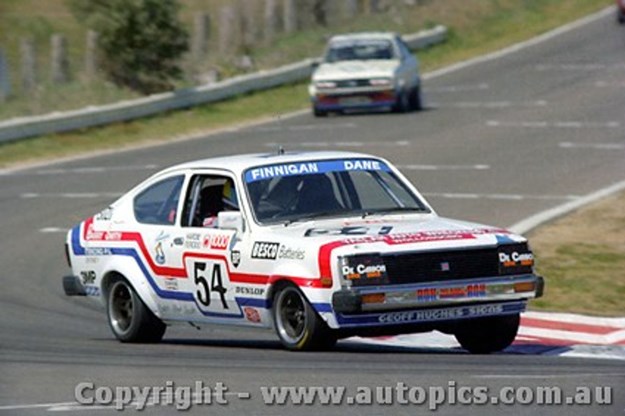
For the 1981 Bathurst enduro, HDT Special Vehicles entered a twin-cam Gemini for Phil Brock and Gary Scott, getting as high as third in class before diff failure
on lap 36. Another ZZ/R Gemini got caught up in the race-ending crash at McPhillamy Park.
Regulations eventually rendered the Gemini uncompetitive and in 1983 a Gemini made its last appearance at Bathurst, finishing fourth in class.
Before a Gemini turned a wheel at Bathurst, Calder Park ran a series for them, and in Queensland a Gemini Series exists to this day.
While the Gemini was seen as the successor to the Torana XU-1 in rallying, it never achieved the same success and after four seasons, the program was abandoned.
SMART BUYER'S TROUBLESHOOTING CHECKLIST
VITAL STATS
Number Built: 226,319
Body: Steel, integrated body/chassis, two-door coupe, station wagon, panel van, four-door sedan
Engine: 1584cc four-cylinder with overhead camshaft and single downdraft carburettor
Power & torque: 64kW @ 5000rpm, 135Nm @ 4000rpm (TX sedan)
Performance: 0-100km/h 13.2 seconds, 0-400 metres 18.6 seconds (TX sedan)
Transmission: Four-speed manual, three-speed automatic
Suspension: Independent with wishbones, coil springs, shock absorbers & anti-roll bar (f) live axle with coil springs, locating links and shock absorbers (r)
Brakes: Disc (f) drum (r) power assisted
Tyres: V78L/13 radial
BODY AND CHASSIS
Rust and poorly repaired crash damage are the factors that will separate an immediately usable Gemini from a ‘project’. Some cars will carry the legacies of rough repairs carried out at home or on the cheap, so look at the reinforcements between the bulkhead and inner guard, low down on the front mudguards, inner and outer sills, van and wagon tailgates and C-Pillars on sedans and coupes. Rust or poor repair in these areas may make anything, other than an early car, too costly to rescue. Panels, lights and good bumpers are scarce, although the bars can be replaced in fibreglass for $300 each, and we saw a brand-new TC tail-light cluster at $500. Rare Spares supplies sets of sedan body rubbers for less than $1200.
ENGINE AND TRANSMISSION
These Isuzu engines seem to have a boundless capacity for high revs and hard work. Even if one fails, replacements are available at $1200 to $2000. Obviously you can spend considerably more on an engine that has been rebuilt or modified. Performance can be improved by skimming the low-compression cylinder head, a larger carburettor and exhaust extractors or a turbocharger. Uprating the clutch is wise when time for replacement comes, as is upgrading original four-speed manual cars to five-speed.
SUSPENSION AND BRAKES
Plenty of smart people have fiddled over many years with Gemini suspension and braking systems, so tapping in to the knowledge network is sensible. Parts including springs and shocks, suspension joints and good-quality bushings are available, and parts for a full rebuild will cost $1000 to 1500. Once completed and unless you are travelling big distances, the new components are likely to last 15 years. Disc front/drum rear brakes are adequate, parts to upgrade not expensive. Squealing discs that take a lot of pressure before the car stops might have their problems remedied via a quick skim, however a new pair of rotors costs less than $200.
INTERIOR AND ELECTRICS
If you can find a Gemini with a crack-free dash, then buy it and worry about the rest later. Australian sun did bad things to European-spec plastics and finding a car without a cracked and crumbling interior is good news. Seats were flimsy and thinly padded, so perhaps budget for a retrim with more resilient foam padding. New vinyl headlining for sedans costs $170 to $290 with vans and wagons up to $550. The used market turned up a set of nice TD sedan door trims for $200, but opportunities like that are rare. Gauges and switches are no longer made new, but new old-stock Isuzu column stalks have been seen at $350 to $400.
From Unique Cars #483, Sept 2023
Unique Cars magazine Value Guides
Sell your car for free right here
Get your monthly fix of news, reviews and stories on the greatest cars and minds in the automotive world.
Subscribe

.jpg)












